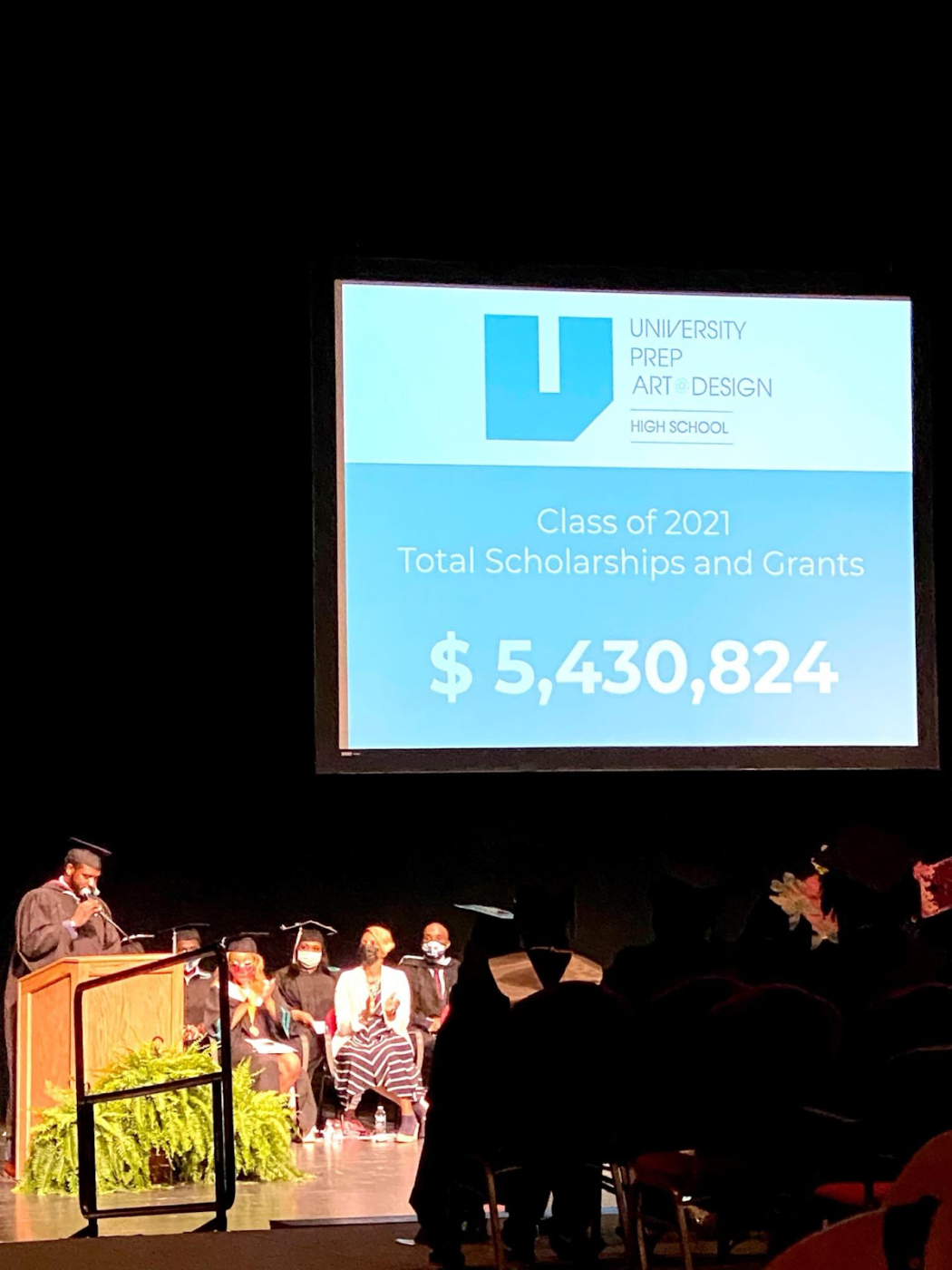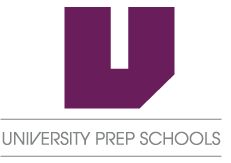How has COVID impacted students going to college? On January 20, 2020, the United States of America was turned upside down. This first case of COVID-19 was reported in the state of Washington.
For months leading up to that day, many of us had heard about this looming threat and how fast it was spreading overseas. In March of 2020, the world stood still, as the then President of the United States began the process of shutting down the country to prevent the spread of the virus. After more than a year of businesses closing, racial injustice, loss of friends and family, and transformation on a global scale, the country is now attempting to make sense of the changes brought by the pandemic — and our high school students are no exception. Students graduating during the pandemic are having to pick up the pieces left from the pandemic and make choices about their lives after high school.
College Plans Evolving Due to COVID
Over the course of the past two years, we have seen a shift in the number of students who pursue 4 or 2-year degrees after high school. Total undergraduate enrollment dropped 3.1% between the fall of 2020 and the fall of 2021, bringing the total decline since the fall of 2019 to 6.6% — or 1,205,600 students.
High school graduates have expressed fears and concerns about being on a college campus during a pandemic. Safety from COVID became a top priority for parents and students when choosing higher education. Many chose to stay close to home in case the transmission of the virus hit their campus. While others mention they didn’t feel they would get the “college experience” learning from a computer screen, they decided to push their college start date back until the pandemic ended.
“I just didn’t feel like I was learning anything, ” says Sarah Stevenson, a graduate of UPAD class of 2020. I decided to take a year off because virtual learning didn’t fit my learning style. I preferred to be in class so that I have direct access to my professor and peers. I didn’t get the unique support I needed.”
Due to the pandemic, colleges and universities were forced to move all of their courses to an online modality. This encouraged many students to take a gap year after high school or not pursue higher education at all. Students cited emotional stress, health concerns, and financial worries as some of the biggest barriers to going to college during the pandemic.

Trading College for Other Options
The pandemic has also caused students to look at other options besides four-year college for their postsecondary success. In the past two years, we have seen an increase in the number of students considering trade schools after graduation. Students are looking to earn certification and credentials in shorter programs that will give them skills to obtain well-paying jobs.
To accommodate this shift in students’ needs, the counseling department has created partnerships with Focus Hope, Grow with Google, and ISAIC apprenticeship programs. Focus Hope offers free certification training in IT and manufacturing. Grow with Google allows students to gain industry-recognized credentials in areas of UX Design and Data Analytics (for free with our partnership). And the ISAIC programs offer graduating seniors a paid apprenticeship in industrial sewing.
Each of these programs can be completed in under a year. The 2020 graduating class of UPA and UPAD had three students start in the Focus Hope Program the summer after they graduated. By fall, they were working in the career of their study.
“I think a shorter training program is a better fit for me,” says Ericka Lockhart, a senior at UPSM High School. “I would prefer to go to a short training program, get to work, and start to make some money.” This year seniors had the opportunity to attend information sessions about various trade school opportunities and take a tour of the ISAIC training center near the UPA and UPAD High Schools.
“The pandemic opened students’ eyes to other opportunities, “ says Tim Ossman, High School Counselor at UPAD. “A lot of students saw trade and apprenticeship programs as more attractive and a better return on their investment.”
HBCU vs. PWI Decisions
The vicious murders of George Floyd, Ahmaud Arbery, and Breonna Taylor have led many to believe that we are also in the middle of a racial pandemic. Students watched on social media, television, and other platforms as each of these (and other) tragic events played out.

On the campus of the University of Virginia, hundreds of white nationalists protested the removal of a confederate statue. The group waved torches and chanted “White lives matter” as they marched through the university, which resembled a KKK march. These and many other events have caused students to reconsider attending predominantly white institutions (PWI) for higher education.
Since the pandemic upended our lives, we have seen more students interested in attending Historically Black Colleges and Universities (HBCU). An HBCU can offer an inclusive community that embraces and celebrates our students’ culture. In addition, HBCUs have a rich history that can help our students build on the concept of Black excellence.
“The virtual modality allows more students to study and learn more about HBCUs,” says Ashley Woolen, college prep coordinator at UPSM. “As a result of the virtual accommodations, two students from the class of 2021 were able to attend their dream school of Tennessee State University.”
The HBCU schools offer high-quality academic programs, with the personal support and a vibrant campus life that helps students succeed.
Looking Forward
Despite the many obstacles that the pandemic has brought, we have seen some positives. Students have identified alternative options for postsecondary education. Many colleges have gone test-optional (not requiring ACT and SAT test scores) in their admission policies and more students are considering HBCUs.

These are all factors that can improve our students’ abilities to gain postsecondary credentials after high school.
The pandemic also taught us that we have to change the way we facilitate the college-going process at our high schools. We must move away from the reactive college-prep model that engages students in their senior year of high school and adopt a proactive model that starts in each student’s freshman year of high school, or even earlier.
I also believe that the pandemic helped colleges and universities realize the need to create more support, programs, and resources to aid and direct students to college. During the pandemic, many universities saw a drop in enrollment causing them to create sustainable partnerships in the K12 sector.
This year U Prep created a partnership with Lawrence Tech University that expanded dual enrollment options for our students, created access to pre-college programming, and offered a 50% tuition scholarship to any students graduating from a U Prep School. Also, starting in the fall of 2022, the partnership with Lawrence Tech will create our first Early Middle College. The program will give students the opportunity to graduate with both a high school diploma and an Associate Degree. This gives students the head start they need to be prepared for college and beyond.
I had a chance to talk to Kennedy Walters, a 2018 graduate of UPAD. In less than two weeks she will be graduating from Michigan State University (GO GREEN!) with a bachelor’s degree in Journalism. A big part of her collegiate experience happened in the middle of the pandemic. During the time of the pandemic she was unable to attend sporting events, go to weekend parties, travel abroad, or even take advantage of campus resources like student groups or the writing center.
For many students, this would have convinced them to take a break from college, but that’s not Kennedy. “The best way for me to deal with the effects COVID had on my college experience was to disconnect from what the experience was supposed to be and make it my own in the best way possible,” says Kennedy. “The pandemic showed me that time is precious and to make the best of any situation, even if it wasn’t what you imagined. It’s all about prioritizing your goals and staying focused despite the obstacles. The world may have stood still, but I didn’t!”
The COVID-19 pandemic has created many challenges for educators and college-going students. However, the pandemic has not prevented U Prep from achieving our goals.
Even during the pandemic, U Prep has maintained 90% graduation and 90% accepted to college rates at all three high schools. In 2021, each of the three high schools garnered over $3 million dollars in scholarships. Lastly, many of our students who went to college persisted to graduation despite the setbacks caused by the pandemic. We have not seen a decline in the number of students who persist in college despite the setbacks caused by the pandemic.

This tells me two things.
1. U Prep is a network of schools with amazing educators, administrators, and staff that are willing to do whatever it takes to make sure students in our networks have a chance to achieve their dreams/goals once they leave our space.
2. Our students are much more resilient and powerful than even we know. Their ability to keep moving forward even when the entire world stood still is remarkable and encouraging.
Our Author: John Johnson is the Director of Postsecondary & Alumni Affairs at U Prep. He has over 12 years of experience helping students to and through college working at both the high school and collegiate levels. He graduated from Michigan State University, where he earned a bachelor’s degree in Mass Communications. He also has a master’s degree in Education and Training. He is a 2020 Detroit New Leader Council Fellow and currently a 2021 San Diego State University Equity in College Counseling Fellow. In 2020, he was awarded the Influential Educator Award by the Michigan Chronicle, and most recently, was given the 2021 Fred Martin/Coleman A. Young Educator of the Year.

You must be logged in to post a comment.